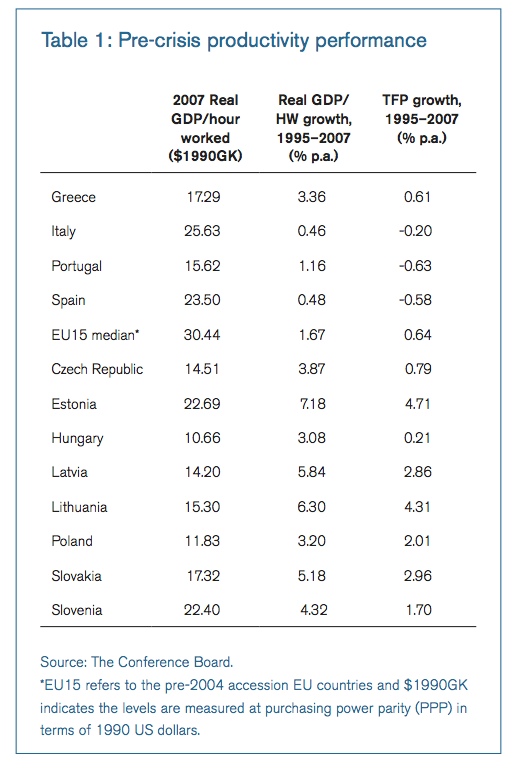Sad individual that I am, I’ve been thinking and reading recently about the state of economics. One conclusion is that any assessment is confused by the existence of different tribes of economists, so not only do non-economists mix up one for another, but economists themselves also make assertions that only speak to their own tribe. In a famous article, Life Among the Econ, Axel Leijonhufvud described the separate castes of Macro and Micro. Here is my quick (and far less amusing) guide to today’s key distinctions.
1. Macro and micro still differ enormously, but a more important distinction is overlaid on it, academic versus applied. Many academic macroeconomists adhere to Dynamic Stochastic General Equilibrium models and are, in my view, away with the fairies. This approach is exemplified by Mike Wickens’ textbook, [amazon_link id=”0691152861″ target=”_blank” ]Macroeconomic Theory[/amazon_link]. (I like him enormously but not his models… sorry, Mike.)
2. Sticking with macroeconomics, City and financial market economists probably form their own category. Their preoccupation tends to be asset markets and global financial flows, for obvious reasons. There is a high variance in the quality of their work, although this is difficult to judge from their frequent media appearances.
3. A third group of macroeconomists are often really microeconomists who feel compelled to try to make a sensible contribution to the policy debate because they are so exasperated by Group 2 above. Among them is my good friend Jonathan Portes.
4. The gap between the academic and practical world is smaller in microeconomics – more academic micro-economists do directly policy relevant empirical research, and there are more think tanks and research centres doing this cross-over work too. Microeconomics has been open to behavioural research, experimental methods and so on. However, there is still a gap, and too many academics are still inflicting a narrow and reductionist version of micro theory on impressionable young minds.
5. Finally, there are the people who have been refusniks from mainstream economics for many years and find it hard to accept that the crisis has made the mainstream far more open to a range of ideas than it has been for decades. Another friend, Paul Ormerod, may be in this category – his new book [amazon_link id=”0571279201″ target=”_blank” ]Positive Linking [/amazon_link]is about network theory, and paging through it suggests he thinks the mainstream has a long way to go before network models are seen as acceptable. Maybe he is right – but on the other hand Andy Haldane at the Bank of England has advocated this approach in his financial stability role, and network theory is used in many of the applied working papers I read on telecoms markets. Anyway, in general the ‘heterodox’ economists are in the habit of being oppositional, for understandable reasons.
[amazon_image id=”0571279201″ link=”true” target=”_blank” size=”medium” ]Positive Linking: How Networks Can Revolutionise the World[/amazon_image]
There may well be other categories I’ve not thought of – maybe others can think of more. Sociologist Dave O’Brien of City University has suggested to me that the existence of other tribes has been useful for those economists in the mainstream citadel who want to deflect criticism of the subject. The present confusion is perhaps more suggestive of a subject in a state of intellectual flux – or at least I hope so. It would be a silver lining to the economic stormcloud if economics itself responded with reflection and reform.

